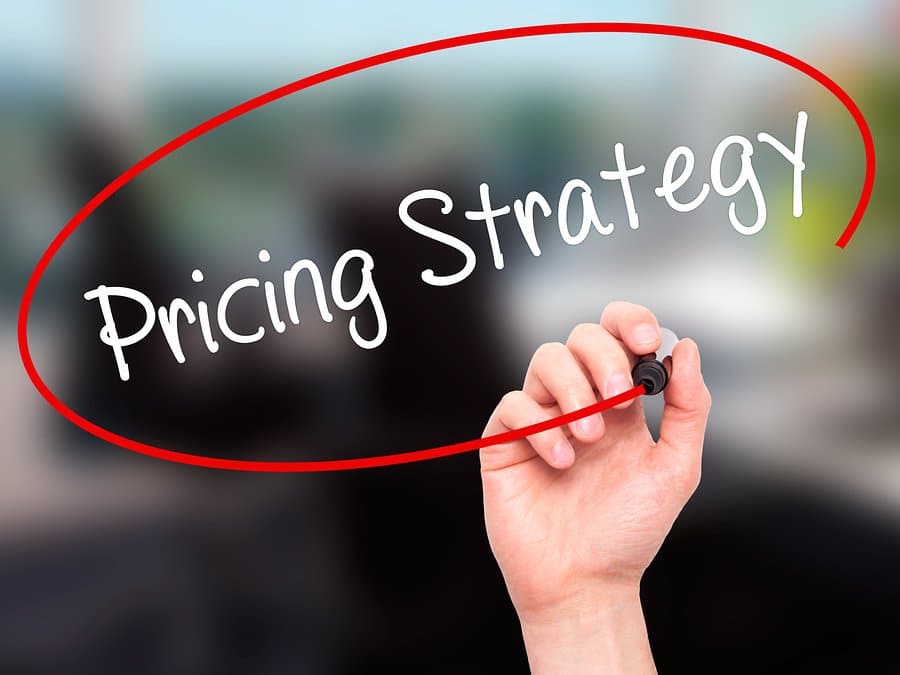
Differentiated Pricing for Subscription Businesses is a Win-Win Strategy
Subscriptions are a growing business-to-consumer pricing model that has been adopted by industries as varied as microbrewers and razors. Subscription business models provide several opportunities for yield management that non-subscription business models do not. Most significantly, they enable targeted pricing at a customer level on a large scale using observed behaviors and preferences, a practice that can significantly increase revenue and decrease churn typically associated with pricing chang...
HELLO!
This premium article is exclusively reserved for Subscription Insider PRO members.
Want access to premium member-only content like this article? Plus, conference discounts and other benefits? We deliver the information you need, for improved decision-making, skills, and subscription business profitability. Check out these membership options!
Learn more about Subscription Insider PRO memberships!
Already a Subscription Insider PRO Member?
Please Log-In Here!








